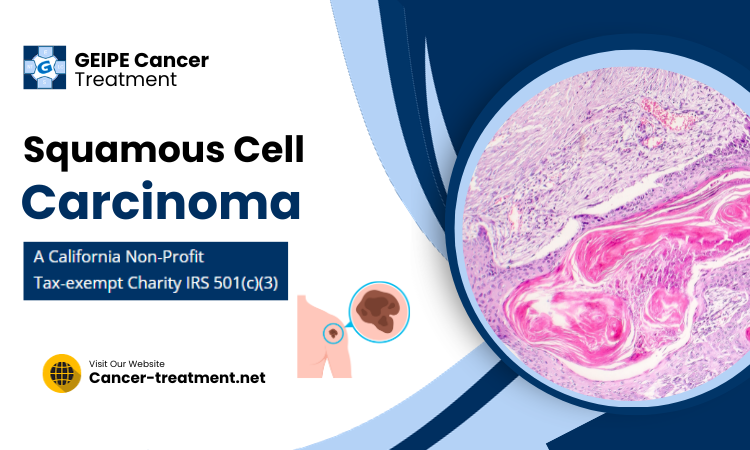
Skin cancer is a common concern, and two of the most prevalent types are Squamous Cell Carcinoma (SCC) and Basal Cell Carcinoma (BCC). While both are associated with excessive sun exposure, they differ in terms of their characteristics, risk factors, and treatment. Discussed below are the key distinctions between SCC and BCC to help you better understand these two forms of skin cancer.
Squamous Cell Carcinoma (SCC) is a type of skin cancer that originates in the squamous cells, which make up the outermost layer of the skin. Key points to know about SCC include:
Appearance: SCC typically appears as a firm, red nodule or a scaly, crusty lesion. It can sometimes resemble a wart or an open sore.
Risk Factors: Prolonged sun exposure, tanning beds, fair skin, and a history of skin cancer are all common risk factors for SCC.
Aggressiveness: SCC is more aggressive than BCC and has a higher potential for spreading to nearby tissues and, in some cases, metastasizing to other parts of the body.
Basal Cell Carcinoma (BCC) is another form of skin cancer that develops in the basal cells, which are found in the lower epidermis. Here are some key features of BCC:
Appearance: BCC often presents as a pearly or waxy bump, sometimes with visible blood vessels. It may also look like a sore that doesn't heal.
Risk Factors: BCC is strongly associated with sun exposure, particularly intense, intermittent exposure, as well as a family history of skin cancer.
Aggressiveness: BCC is less aggressive than SCC and rarely metastasizes. However, it can still cause local damage if left untreated.
Appearance: SCC often appears as a red, scaly patch or a firm, elevated bump, while BCC typically presents as a shiny, pearly bump.
Aggressiveness: SCC is more aggressive and has a greater potential for spreading than BCC.
Metastasis: SCC can metastasize to other parts of the body, while BCC rarely does.
Risk Factors: Both SCC and BCC are linked to sun exposure, but SCC is more commonly associated with intense and chronic sun exposure.
Conclusion
While SCC and BCC are both forms of skin cancer associated with sun exposure, they differ in their appearance, aggressiveness, and risk factors. Early detection and treatment for both types are essential. If you notice any unusual changes on your skin, it's crucial to consult a dermatologist for a thorough evaluation and appropriate treatment. Protecting your skin from excessive sun exposure and taking preventive measures can significantly reduce your risk of developing these types of skin cancer.
Contact GIEPE for more details.
⬤ ⬤ ⬤